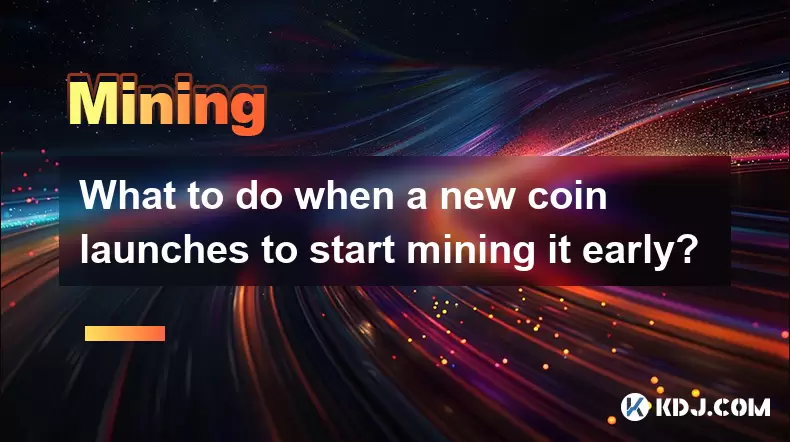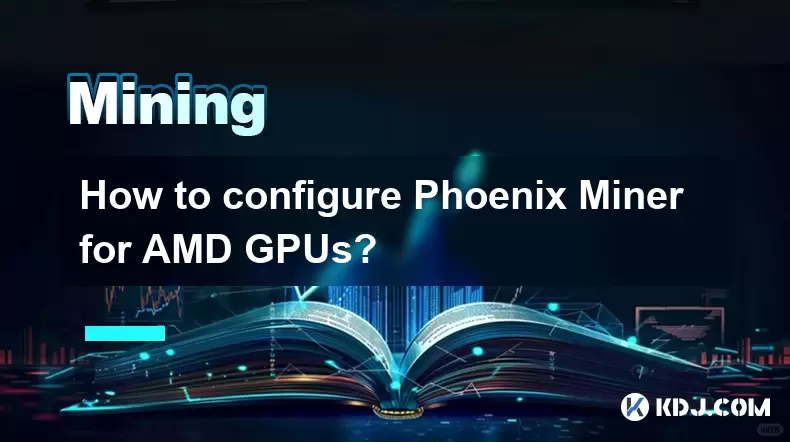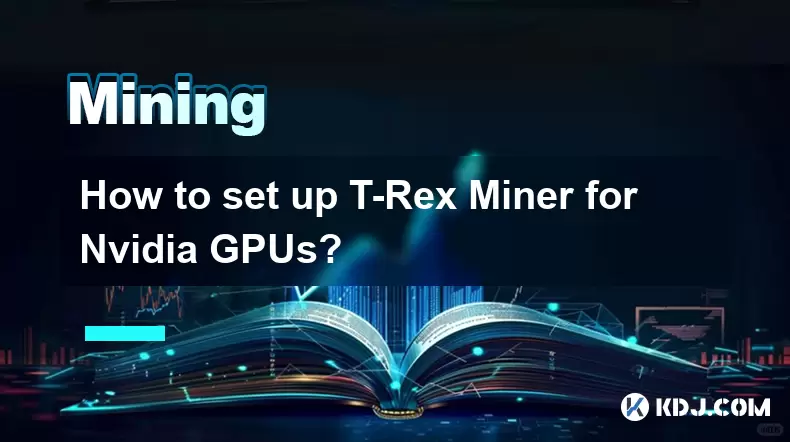-
 Bitcoin
Bitcoin $118700
1.60% -
 Ethereum
Ethereum $4230
-1.16% -
 XRP
XRP $3.197
-2.08% -
 Tether USDt
Tether USDt $1.000
-0.01% -
 BNB
BNB $803.3
-0.46% -
 Solana
Solana $183.2
0.06% -
 USDC
USDC $0.9999
0.00% -
 Dogecoin
Dogecoin $0.2343
-3.95% -
 TRON
TRON $0.3390
1.00% -
 Cardano
Cardano $0.8020
-1.93% -
 Hyperliquid
Hyperliquid $45.18
2.39% -
 Chainlink
Chainlink $22.04
3.02% -
 Stellar
Stellar $0.4449
-1.66% -
 Sui
Sui $3.872
-2.14% -
 Bitcoin Cash
Bitcoin Cash $570.6
-0.37% -
 Hedera
Hedera $0.2593
-2.92% -
 Ethena USDe
Ethena USDe $1.001
-0.01% -
 Avalanche
Avalanche $23.83
-3.79% -
 Litecoin
Litecoin $124.5
1.83% -
 Toncoin
Toncoin $3.335
-2.74% -
 UNUS SED LEO
UNUS SED LEO $9.029
0.26% -
 Shiba Inu
Shiba Inu $0.00001363
-2.31% -
 Uniswap
Uniswap $10.93
-1.42% -
 Polkadot
Polkadot $4.060
-2.29% -
 Dai
Dai $1.000
-0.01% -
 Cronos
Cronos $0.1631
2.71% -
 Ethena
Ethena $0.7746
3.06% -
 Pepe
Pepe $0.00001208
-3.73% -
 Bitget Token
Bitget Token $4.445
-1.47% -
 Monero
Monero $268.7
-2.30%
What to do when a new coin launches to start mining it early?
Act fast during a new coin’s early mining window—low difficulty and minimal competition mean higher rewards for miners who act quickly.
Aug 11, 2025 at 01:15 am

Understanding the Early Mining Window
When a new coin launches, the initial phase presents a unique opportunity for miners to gain a competitive edge. This period, often referred to as the early mining window, is characterized by low network difficulty and minimal competition. During this time, the blockchain is just beginning to establish its hash rate, which means miners with even modest hardware can achieve substantial rewards. The key is to act swiftly and accurately. The first few hours or days after launch are critical, as delays can result in missed blocks and reduced profitability. Recognizing that early participation directly correlates with higher returns incentivizes preparation well before any new coin goes live.
Researching the New Coin’s Technical Specifications
Before attempting to mine a new cryptocurrency, it is essential to gather detailed technical information about the project. This includes identifying the consensus algorithm (e.g., Proof of Work, Proof of Stake, or hybrid models), block time, block reward, and whether the coin uses a custom hashing algorithm like SHA-256, Scrypt, Ethash, or something unique such as RandomX. This information is typically found in the project’s whitepaper, GitHub repository, or official announcement channels like Telegram or Discord. Pay close attention to whether the coin implements ASIC resistance or favors GPU, CPU, or FPGA mining. Misunderstanding these specifications can lead to wasted effort and incompatible hardware setups.
Setting Up the Required Mining Software
Once the technical details are confirmed, the next step is installing and configuring the appropriate mining software. For GPU mining, tools like T-Rex, GMiner, or PhoenixMiner are commonly used. For CPU mining, XMRig is a popular choice, especially if the coin uses the RandomHash or CryptoNight variants. If the coin is based on a new or modified algorithm, the mining software may need to be compiled from source code, which requires familiarity with command-line tools and dependencies like CMake or CUDA.
- Download the correct miner version from the official GitHub or developer website
- Verify checksums or digital signatures to avoid malware
- Configure the miner configuration file (e.g., config.txt or .json) with the correct algorithm and pool settings
- Test the miner in benchmark mode to ensure stability and hash rate accuracy
Using outdated or unofficial miner versions can result in rejected shares or security vulnerabilities.
Connecting to a Mining Pool or Going Solo
Most new coins benefit from joining a mining pool immediately after launch, especially when network difficulty is low but still competitive. Pools allow miners to combine hash power and receive more consistent payouts. To connect: - Locate an active mining pool supporting the new coin—check community forums or the project’s official links
- Create an account or use a wallet address as a username
- Configure the miner with the pool URL, port number, and worker name
- Set up email or Telegram notifications for pool alerts
Some miners opt for solo mining if they have significant hash power and are willing to accept higher variance in rewards. Solo mining requires running a full node of the blockchain, syncing the chain, and configuring the miner to point to the local node’s RPC interface. While potentially more profitable per block, the likelihood of finding a block early on is low unless hash dominance is achieved.
Wallet Setup and Reward Collection
Mining rewards are only valuable if they can be securely collected and stored. Before starting, set up a compatible wallet that supports the new coin. This may involve: - Downloading the official wallet software from the project’s verified website
- Generating a new receiving address and backing up the private key or seed phrase
- Ensuring the wallet is synced with the blockchain or using a lightweight wallet if available
If mining through a pool, confirm the minimum payout threshold and withdrawal method. Some pools pay out in other cryptocurrencies or require manual withdrawal requests. For direct block rewards in solo mining, verify that the coinbase transaction correctly credits your wallet address. Always double-check wallet addresses for typos, as blockchain transactions are irreversible.
Monitoring and Optimizing Performance
After the miner is running, continuous monitoring ensures maximum efficiency and uptime. Use tools like MinerStat, Hive OS, or built-in miner logs to track: - Real-time hash rate (e.g., MH/s, KH/s)
- Accepted vs. rejected share ratio
- Hardware temperature and power consumption
- Network latency to the mining pool
If rejected shares are high, review pool settings or internet stability. For GPU miners, adjust core clock, memory clock, and power limit to balance performance and heat. CPU miners should manage thread allocation and cooling. Firmware or driver updates may be necessary to resolve compatibility issues with new algorithms.
Frequently Asked Questions
Can I mine a new coin without a GPU or ASIC?
Yes, some new coins are designed for CPU mining to promote decentralization. Coins using algorithms like RandomX or Argon2 are optimized for CPUs. However, profitability depends on the coin’s emission schedule and competition. Lightweight coins may allow mining on everyday computers, but earnings are typically low unless the coin gains rapid adoption.How do I find out about new coin launches in real time?
Follow cryptocurrency launch calendars, mining forums like Bitcointalk, and official project social media channels such as Twitter, Telegram, and Reddit. Mining pools often announce support for new coins within hours of launch. Subscribing to alerts from platforms like CoinGecko or CoinMarketCap for newly listed tokens can also help, though these listings usually occur after mining has already begun.What if the new coin has a pre-mine or fair launch controversy?
A pre-mine means developers mine coins before public release, potentially leading to unfair distribution. Always review the project’s launch model. Coins labeled as fair launch claim no pre-mine and equal access. Check the blockchain explorer early on to verify if large addresses received blocks immediately at genesis. Mining a coin with a controversial pre-mine may carry higher risk due to potential centralization or loss of community trust.Is it safe to download mining software from unofficial sources?
No. Downloading miners from unofficial websites or third-party links increases the risk of malware, trojans, or cryptojackers. Always obtain software from the project’s official GitHub repository or trusted developer channels. Verify file integrity using checksums (SHA-256) and scan files with antivirus software before execution. Open-source miners allow code inspection, adding a layer of transparency and security.
Disclaimer:info@kdj.com
The information provided is not trading advice. kdj.com does not assume any responsibility for any investments made based on the information provided in this article. Cryptocurrencies are highly volatile and it is highly recommended that you invest with caution after thorough research!
If you believe that the content used on this website infringes your copyright, please contact us immediately (info@kdj.com) and we will delete it promptly.
- LYNO AI & XRP: Decoding the ROI Potential in a Shifting Crypto Landscape
- 2025-08-11 04:30:11
- Cryptos on the Cusp: Cold Wallet, Price Breakouts, and What's Hot Now
- 2025-08-11 04:50:11
- Dogecoin, Meme Coins, and Remittix Utility: What's the Hype?
- 2025-08-11 04:50:11
- Altcoin Buyouts & Market Removals: Crypto Development's Wild Ride
- 2025-08-11 04:30:11
- Bitcoin Banks Arrive: El Salvador's Bold Play with Investment Banks and Crypto
- 2025-08-11 04:55:12
- Gemini AI's Crypto Crystal Ball: Predicting 1000x Gains with Meme Coins?
- 2025-08-11 02:50:12
Related knowledge

How to configure Phoenix Miner for AMD GPUs?
Aug 11,2025 at 03:21am
Understanding Phoenix Miner and Its Compatibility with AMD GPUsPhoenix Miner is a lightweight, high-performance Ethereum mining software designed for ...

How to set up T-Rex Miner for Nvidia GPUs?
Aug 10,2025 at 12:07am
Understanding T-Rex Miner and Its Compatibility with Nvidia GPUsT-Rex Miner is a high-performance mining software designed specifically for Nvidia GPU...

What is "proof-of-work" and how does it relate to mining?
Aug 07,2025 at 02:03pm
Understanding the Concept of Proof-of-WorkProof-of-work (PoW) is a consensus mechanism used in blockchain networks to validate transactions and secure...

What are the differences between mining on Windows vs. Linux?
Aug 06,2025 at 11:29pm
Overview of Cryptocurrency Mining PlatformsCryptocurrency mining involves using computational power to solve complex cryptographic puzzles and validat...

How to use an old computer for cryptocurrency mining?
Aug 07,2025 at 12:42pm
Understanding the Feasibility of Using an Old Computer for MiningUsing an old computer for cryptocurrency mining may seem outdated, but it is still te...

What to do when a new coin launches to start mining it early?
Aug 11,2025 at 01:15am
Understanding the Early Mining WindowWhen a new coin launches, the initial phase presents a unique opportunity for miners to gain a competitive edge. ...

How to configure Phoenix Miner for AMD GPUs?
Aug 11,2025 at 03:21am
Understanding Phoenix Miner and Its Compatibility with AMD GPUsPhoenix Miner is a lightweight, high-performance Ethereum mining software designed for ...

How to set up T-Rex Miner for Nvidia GPUs?
Aug 10,2025 at 12:07am
Understanding T-Rex Miner and Its Compatibility with Nvidia GPUsT-Rex Miner is a high-performance mining software designed specifically for Nvidia GPU...

What is "proof-of-work" and how does it relate to mining?
Aug 07,2025 at 02:03pm
Understanding the Concept of Proof-of-WorkProof-of-work (PoW) is a consensus mechanism used in blockchain networks to validate transactions and secure...

What are the differences between mining on Windows vs. Linux?
Aug 06,2025 at 11:29pm
Overview of Cryptocurrency Mining PlatformsCryptocurrency mining involves using computational power to solve complex cryptographic puzzles and validat...

How to use an old computer for cryptocurrency mining?
Aug 07,2025 at 12:42pm
Understanding the Feasibility of Using an Old Computer for MiningUsing an old computer for cryptocurrency mining may seem outdated, but it is still te...

What to do when a new coin launches to start mining it early?
Aug 11,2025 at 01:15am
Understanding the Early Mining WindowWhen a new coin launches, the initial phase presents a unique opportunity for miners to gain a competitive edge. ...
See all articles

























































































